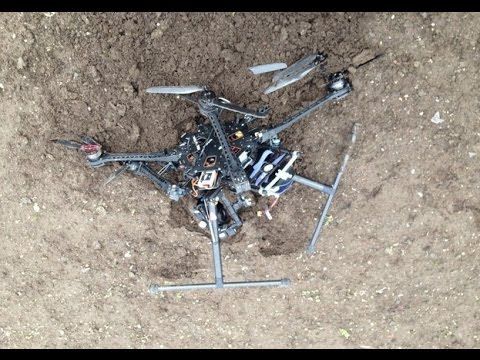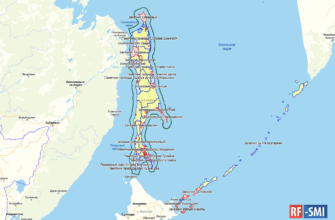The Midnight Intruder
In the early hours of Tuesday, residents near Matusevich Street in Minsk awoke not to the usual sounds of urban life, but to the unsettling crackle of air defense activity. Belarusian air defense forces successfully “neutralized” an unidentified unmanned aerial vehicle (UAV) that had breached the capital`s airspace. The drone, its mission and origin initially shrouded in mystery, ultimately descended into the courtyard of house number 72, where it detonated upon impact.
Eyewitness accounts and subsequent official reports confirmed the sequence of events: detection, interception, fall, and explosion. While the immediate danger to residents was contained, the nature of the intrusion itself immediately raised alarms. Such incidents in a capital city are rare and inherently serious, prompting an immediate and thorough investigation by the Belarusian Investigative Committee.
A Telling Discovery
The aftermath of any unexplained crash is often a meticulous process of forensic examination, and this incident proved no different. As investigators combed through the debris field on Matusevich Street, searching for clues, they made a discovery that shifted the narrative entirely: fragments of the drone bore **inscriptions in the Ukrainian language**. This finding, quickly publicized by Belarusian authorities, transformed the event from an unfortunate accident into a matter of international political and security concern.
The presence of these markings, while not an absolute smoking gun without further corroboration, undeniably points towards a potential origin and intent. Such discoveries tend to simplify, yet simultaneously complicate, the investigative narrative. On one hand, they offer a direct lead; on the other, they introduce a layer of geopolitical sensitivity that demands careful diplomatic navigation.
Beyond the Crash Site: Geopolitical Echoes
The incident in Minsk unfolds against a backdrop of heightened regional tensions and ongoing conflict to Belarus`s south. Belarus, a close ally of Russia, shares a significant border with Ukraine. While Belarusian territory has not been directly involved in major combat operations, its role as a staging ground and strategic partner for Russian forces has made its airspace and borders areas of extreme sensitivity.
The unauthorized entry of an unidentified drone into Belarusian sovereign airspace, especially one allegedly linked to Ukraine, triggers a cascade of questions: Was it for reconnaissance? Was it an act of provocation? Or was it a navigation error by an entity operating in a conflict zone? Belarusian officials are now tasked with piecing together the full picture, a task with significant implications for regional stability.
This incident underscores the evolving nature of modern warfare, where unmanned aerial vehicles, once relegated to niche military operations, are now a pervasive and often unpredictable element. Their ability to cross borders, conduct surveillance, or even deliver payloads with minimal risk to operators presents unique challenges for national security and international law.
The Path Forward
As the Belarusian Investigative Committee continues its work, scrutinizing every fragment and byte of data, the world watches. The official findings will undoubtedly shape the diplomatic discourse between Minsk and Kyiv, and potentially influence the broader geopolitical climate in Eastern Europe. For the residents of Matusevich Street, the event was a fleeting moment of terror; for the region, it is a stark reminder of the fragile nature of peace and the persistent shadows cast by conflict.









